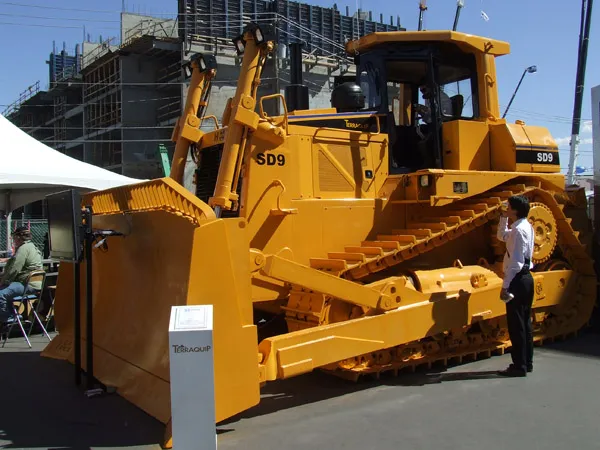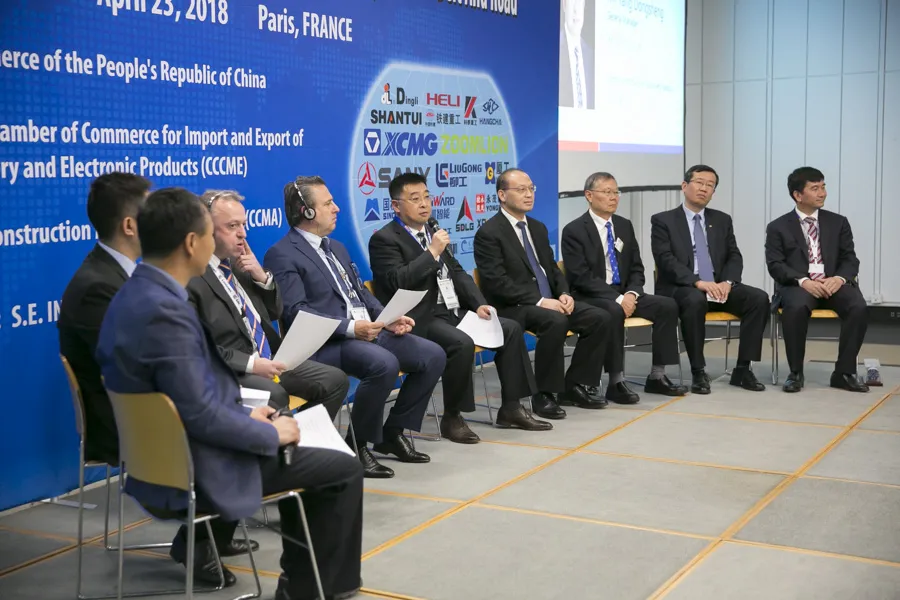Despite global supply chain challenges, sales for
The company said that the global cranes market is generally stable with growth in certain areas.
“Our tower crane business continues to grow driven by higher demand in Europe, North America and Asia and our utilities business continues to perform well in a relatively stable market environment,” said Steve Filipov, president of Terex Cranes.
“A critical element of our cranes improvement plan is to successfully introduce new products. The 3-axle Demag AC 55-3 all-terrain crane is the latest addition to our portfolio. By reinvigorating our product portfolio, we are re-establishing ourselves as a leader in the all-terrain segment.”
John Garrison, Terex Corporation chief executive, said the company increased sales and backlog in all three segments and increased production to meet strong global demand. “Overall, it was a strong quarter that positions us very well going into the second half of the year.”
Terex Cranes sees 10% growth in strong corporate Q2 in 2018
Despite global supply chain challenges, sales for Terex Cranes grew 10% to $335 million in the second quarter this year. Terex Corporation also reported an overall strong second quarter 2018 sales of US$1.4 billion, up 19% versus Q2 2017, with increased sales and backlog in all three business segments. The company said that results were driven by its ongoing corporate Execute to Win business strategy and during a period of broad-based growth. The company said that the global cranes market is generally
August 2, 2018
Read time: 2 mins







